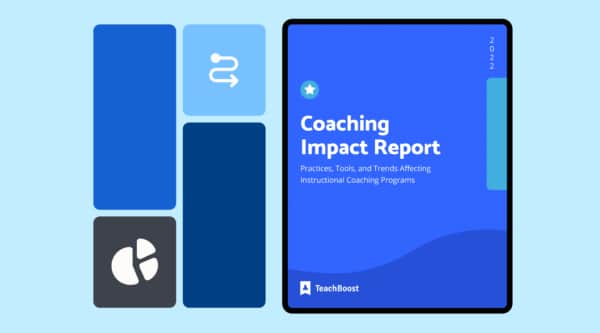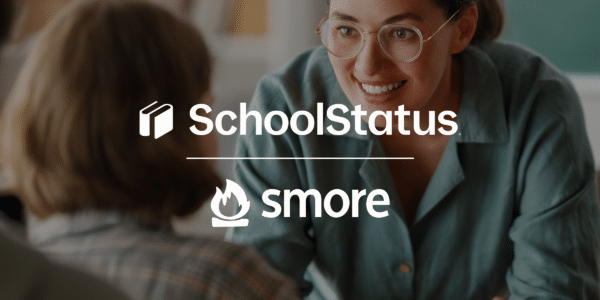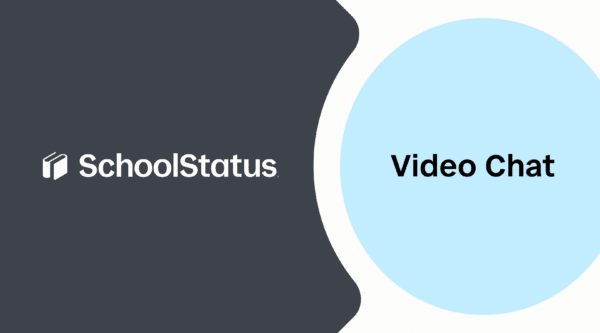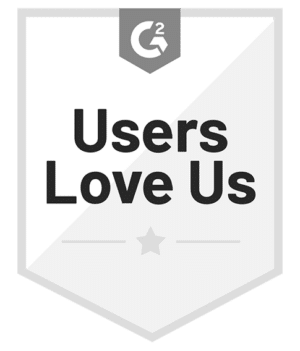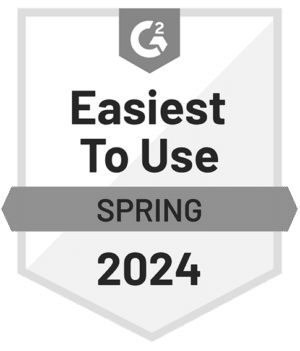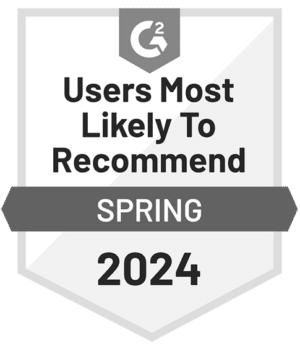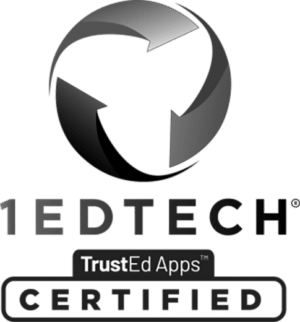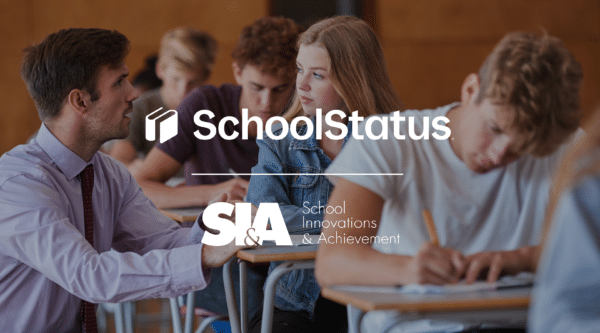
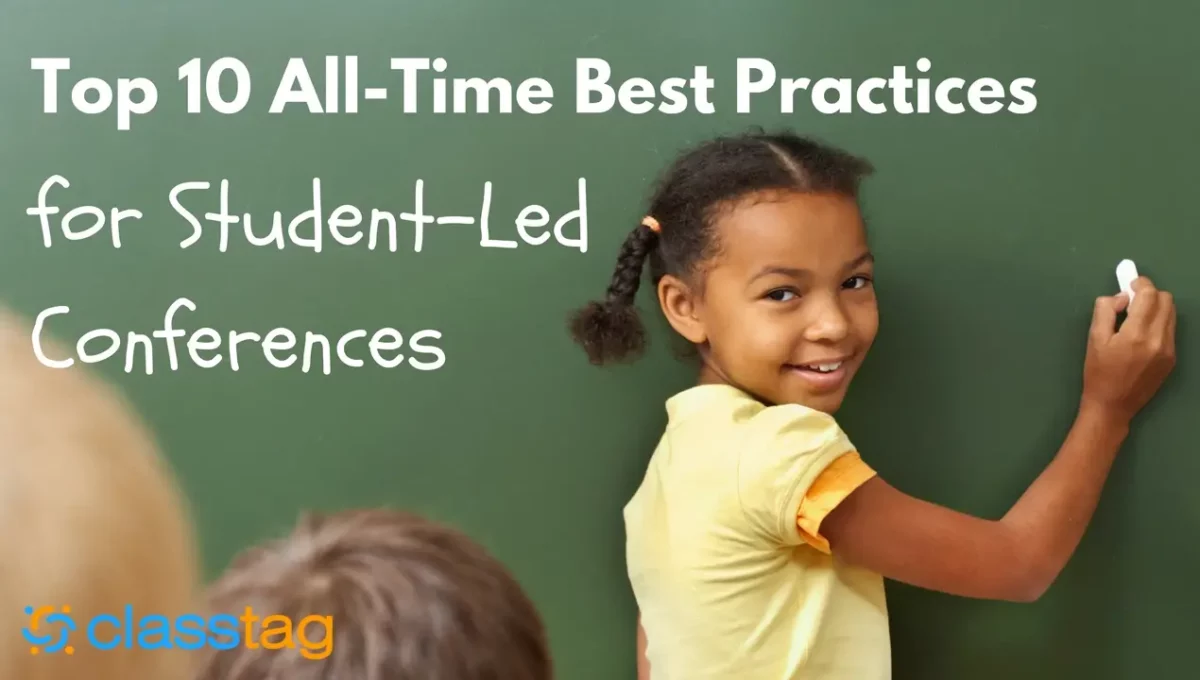
Family-teacher conferences provide parents with an update about child’s performance, while teachers get a chance to discuss achievements as well as challenges or concerns about the child. But while the conferences revolve around the student, they are not given a seat at the table. Children impatiently wait at home, wondering what’s being said. Can a teacher who’s dealing with 20 and more students really grasp the underlying motivations and challenges of every single one? Educators increasingly feel that there must be a better way. Student-led conferences emerged as a much-needed alternative and are rapidly gaining supporters nationwide. Intrigued? This in-depth guide explains:
- how do student-led conferences work
- benefits for students, parents, and teachers
- best practices for success
- how to set up your student-led conference
- where to find useful resources for organizing student-led conferences.
How do student-led conferences work?
The main difference between traditional conferences and student-led conferences is the fact that student-led conferences provide students with “a seat at the table.” When we ponder on the usual conference format more deeply, isn’t is unusual that students’ performance, behavior, and aspirations are being discussed and evaluated without the students being able to present their own version of the story? The SLC approach attempts to change that.
Schools might choose to conduct the conferences in different ways. Some schools opt for an “open house arrangement,” in which parents and students visit all teachers’ classrooms. Other teams hold entire conferences in one classroom. Here’s an example of a conference organized at Kate Waller Barrett Elementary School in Stafford, Virginia:
Everybody wins? How students, parents, and teachers benefit from student-led conferences
Student-led conferences represent the “student-centered learning” approach to schooling. So how does this approach help the students? According to Monica Martinez, an education strategist, student-led conferences can serve as a powerful tool for improving students’ engagement with their learning process. The ability to take on an active, leading role in conferences makes children feel valued, listened to and promotes a sense of ownership and responsibility.
Teachers who took the leap also praise numerous benefits of the approach. Many appreciated opening lines of communication about “the why” of child’s academic performance. They also noticed that as they are expected to sit down with every student and review strengths and weaknesses, they are able to get a better picture of each child. Many discovered that students have in fact learned more than they’ve measured through regular assessments.
Families appreciate an opportunity to see their children’s work. The depth of insight that they receive simply cannot be compared to report cards. The structure allows parents to be more reflective about their children’s progress and uncover specific areas where they can offer support at home.
If you’d like to implement student-led conferences in your classroom, follow these 10 all-time best practices to set yourself up for success.
10 All-time Best Practices for Student-led Conferences
1. Plan ahead and map out the steps
Even if the audience only consists of a Family and a teacher, the presentation itself might be stressful for the student. The key is to make sure children are given enough time to prepare and breaking down the process into manageable steps.
Let students start compiling their portfolios as early as possible. It might include a conference agenda, examples of the student’s work in the class, and goal sheets describing academic and behavioral standards.
Then, offer self-evaluation checklists to identify strengths, weaknesses and set learning goals.
Nearer the conference, give students opportunities to rehearse and practice, while you model the process. This is a time to offer guidance and reassurance to struggling students.
If needed, you can allow students to support themselves with notes and written reflections and talking points.
2. Don’t miss important learning moments
Student-led conferences are a fantastic opportunity to help children develop vital life skills which aren’t usually receiving enough attention. Leading a meeting can help a student improve their confidence with public speaking, organization, self-reflection and long-term planning. Make sure to encourage the student as they are preparing and provide him with tools to these skills for “real world” success.
3. Encourage holistic assessment beyond academic skills
At a thorough student-led conference, students should discuss not only their academic achievements but also social and emotional progress. Outlining short- and long-term goals in different areas can also act as a motivator and help set benchmarks for the next conference.
4. Educate the parents
Creating a safe environment for children to present its essential, and parents play a crucial role. Help parents make the conference a success by explaining how to encourage the student, give constructive feedback and what kind of reactions are likely to motivate rather than discourage. You could also send over some examples and pointers about giving feedback.
The strong focus on Family’s attendance is sometimes mentioned as a drawback of the SLC format. Why? Even though Family attendance tends to be higher, a failure to attend causes a great deal of disappointment for a child, who has put in a lot of work into the preparations. As a teacher, your role is to make sure that the Family understands the importance of the meeting and the implications of not showing up.
5. It’s not all about the highlights
Students might be tempted to fill the entire portfolio with their best work. It’s your role to explain the benefits of self-reflection and how overcoming challenges is a valuable skill they should share. Selecting areas they need to improve and sharing them with parents can help them get the support they need. Demonstrate how creating an action plan for improvement together is more valuable than ignoring the problem.
6. Make sure students understand the benefits
Let students know about the new format, preferably at the beginning of the school year or semester. As semester progresses, they should be keeping an eye out for projects and papers they would like to add to their portfolio for the conference. Explain that they will be given an opportunity to share what they’ve learned and voice their opinions about their interests, successes, and struggles. Most students don’t mind the additional work, as they are eager to actively participate, rather than wait at home for a replay.
7. Leave the door open for follow-ups
A lot of subjects and skills are covered during a conference. It’s quite likely that parents will reflect on the content of the meeting afterward, which might bring up other issues. Be accessible. Make sure that parents know that they can follow up at other times and ask questions outside of the meeting if necessary.
Giving parents the option of taking the students’ presentation binder or folder home is an excellent idea, allowing the family to continue discussing and reviewing the work.
8. Use the opportunity to learn about family life
Observing the child and the parents interacting can provide a valuable insight into family’s life. Use this experience to better understand students’ attitudes and classroom behavior.
9. Get ready to mediate conflicts
Conferences don’t always go smoothly. What if a Family has particular ideas about child’s future that don’t match child’s strengths and interests? You can use the conference as an opportunity to discuss their differences. It’s best to arrive at an action plan that ensures that student can pursue their goals with Familyal support.
For negotiations like these to be fruitful, the teacher should know their students and the family well.
10. Embrace student-centered learning every day
Practitioners believe that the success of student-led conferences has to be accompanied by a schoolwide shift to student-centered learning. This means giving students more freedom to connect academic learning to their individual interests and future goals.
“A student-led conference by itself won’t mean much” – said Monica Martinez. “The school must be really transferring ownership to the students.”
Transferring ownership can manifest for example through giving students a say in choosing their academic projects. More ownership will increase their enthusiasm, both about completing them and presenting the outcomes at the conference. Kids should also be given plenty of opportunities to reflect on their work throughout the school year.
Set up you student-led conference
Teachers organizing their conferences on ClassTag save a great deal of valuable time on all the back-and-forth and get amazing Family participation with smart reminders.
If you haven’t explored organizing your conferences with ClassTag, here how you can set up student-led conferences with multiple families attending at the same time:
1. Create a new event
2. Add time requests for each time period you need
3. Specify how many parents you would like to sign up for each
It all takes fewer than 3 minutes to organize!
Keep in mind, that if you are inviting only one family per slot vs. holding multiple conferences simultaneously, you can take advantage of ClassTag’s Family teacher conference tool that auto-generates all the slots you need – literally in seconds. To learn more about single-family conference take a look at this quick video:
Explore all of these features today ahead of your conferences!
Useful resources for organizing student-led conferences
Books
A School-Wide Approach to Student-Led Conferences: A Practitioner’s Guide
By Patti Kinney, Mary Beth Munroe, Pam Sessions; National Middle School Association
Student-Led Family Conferences
By Linda Pierce-Picciotto, Scholastic, Inc.
Guides
Student-led Conferences Guiding Questions by Angela Watson
Student-Led Conference Faculty Handbook prepared at Washington Heights Expeditionary Learning School
Templates
Student-Led Conference Goal Sheet
Student Led Conference Talking Points Sheet
Additionally, you can visit this comprehensive list of resources compiled by Edutopia.
One Family asked whether the conferences are beneficial, reportedly said: “I felt like I still needed some info from the teachers and wanted more. When you ask if they were ‘beneficial,’ I can say yes and no. They were more beneficial to the student than to the Family.”
But isn’t the benefit of the student the primary objective we should be all striving for? Share your experiences with student-led conferences below.
Stay Connected
News, articles, and tips for meeting your district's goals - delivered to your inbox.





